Custom USMC Hook and Loop Patches
USMC Hook and Loop patches are a way for identifying members of the Marine Corps, MCJROTC and civilians serving with MC units. The patches help to distinguish between different ranks, units or squadrons, and they also help to show pride in one’s division or battalion. In addition, they are used to show support for a particular campaign, as to rise funds for our military veterans. Whether you’re looking to identify your enlisted men or officers, reproduce iconic or historical WWII patches with the aim of selling them to patch collectors, Sienna Pacific is the perfect choice to go with.
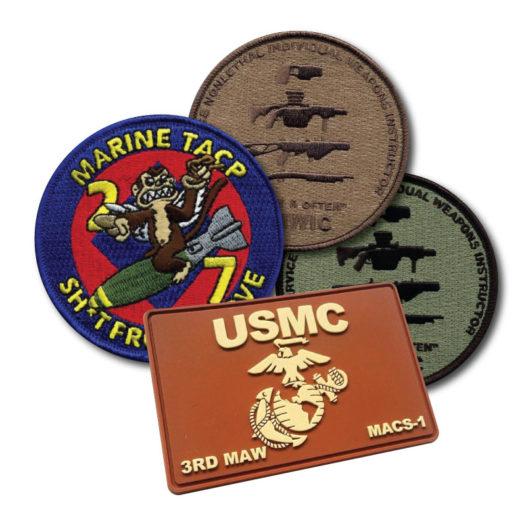
Custom US Marine Corps Patches Options
All our custom marine corps patches can be ordered in any shape, size or color. Although the US Marines generally prefer hook and loop backing, you may choose to have yours with either plain, peel and stick, or iron-on backing.
USMC Patches Sample Gallery
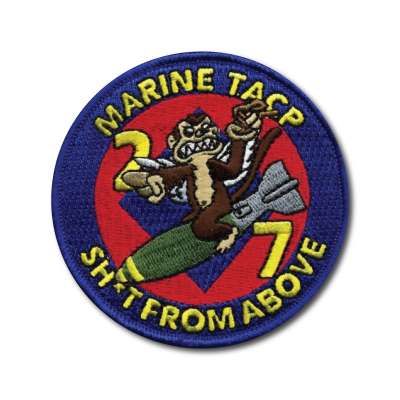
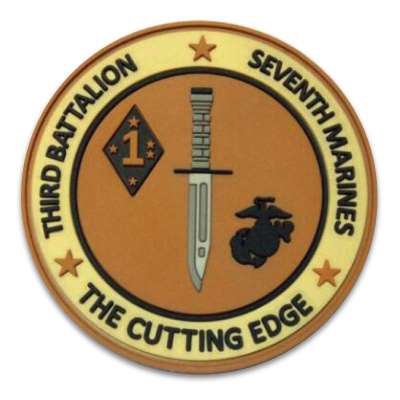
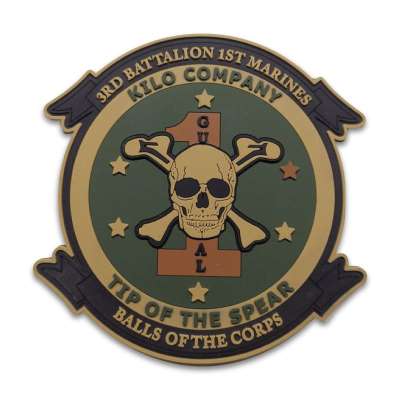
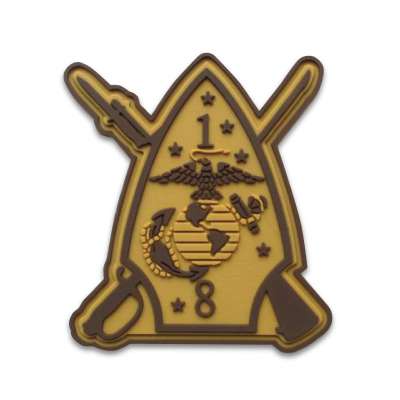
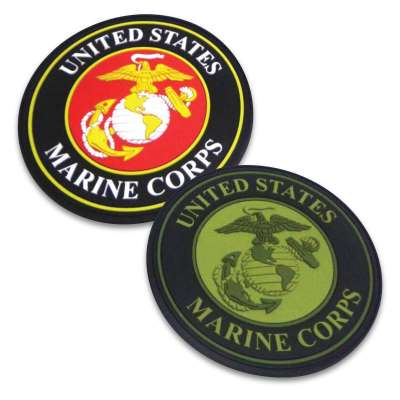

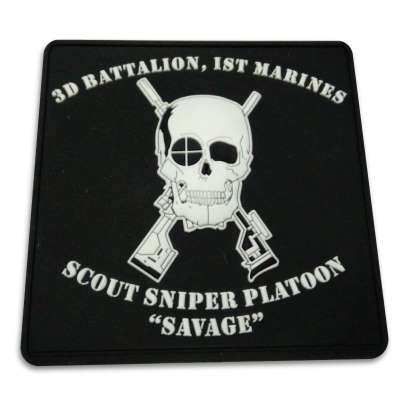
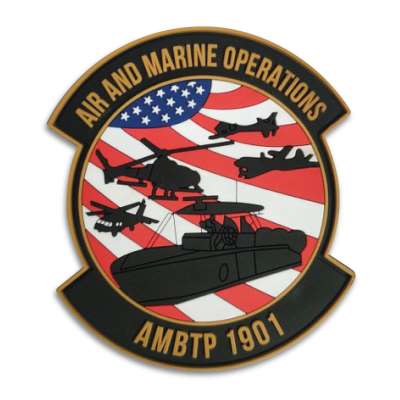
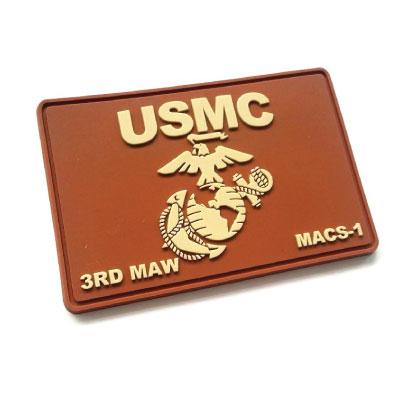
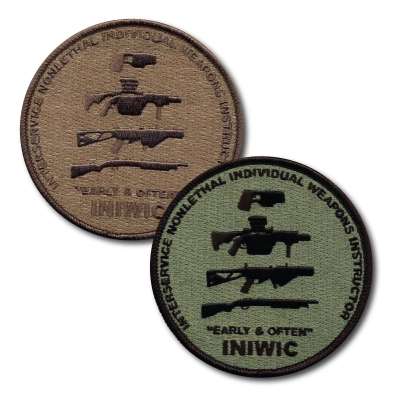
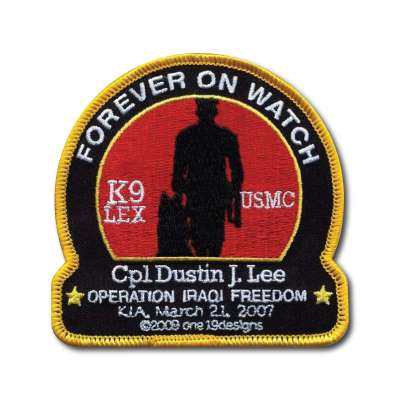
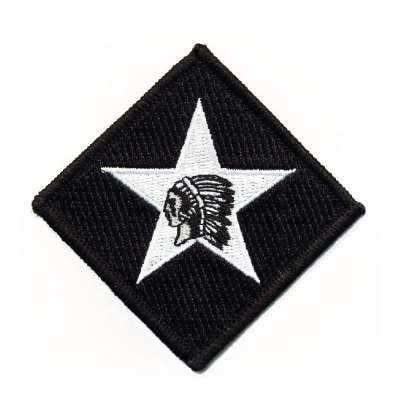
What Type of Patches Do you Recommend?
Most regulation military patches are embroidered, but the PVC style has shown to be more resistant, durable and versatile, PVC patches are commonly used on their gear.
What’s the Price of Making a Custom Patch?
The price of custom patches will vary according to the quantity, size, style and backing. The following price table shows a common request of custom patches for the Marine Corps.
For a 3″ Patch, with up to 6 Colors and Hook and Loop Backing
| Style/ Quantity | 50 | 100 | Mold / Setup |
| PVC | $3.95 | $ 3.50 | $ 80 + |
| Embroidered | $4.40 | $ 3.50 | $ 45 |
Price is for illustration only and will be updated according to your project’s specs.
Get Started With Your Custom USMC Patches!
Free Quote Request
Customer Reviews
- Custom Woven Patches5 out of 5 stars
06/22/2022"Appreciate the patience with all the changes and not rushing production until the customer was satisfied with the mold and various size templates we shopped around.lol" - Custom Embroidered Patches5 out of 5 stars
05/16/2022"Their online system for work flow tracking and visibility is awesome! Highest possible recommendation! I have personally recommended them to numerous friends and associates for their outstanding work." - Custom PVC Patch5 out of 5 stars
05/11/2022"The service was great and the pricing is competitive. There were a couple instances where I had to delay my project for a week or two, but LINX Corporation was very flexible in working with me. Last but not least the logos I received were exactly as promised."

FAQ
The History Behind Marine Corps Patches
Marine Corps patches have been around for more than 100 years, first appearing in the early 20th century when the Corps started using distinctive insignia. These early patches, used during World War I, were simple but meaningful. As the Marine Corps grew, the designs became more detailed. By World War II, patches had evolved into intricate works of art, rich with tradition and history. Today, Marines around the world wear these patches with pride, and they do more than identify a unit—they honor the legacy of the Corps.
Let’s Get Your Custom Patches Started
If you are thinking about ordering your Custom Patches, just fill out our simple quote request form, our expert Sales Reps will get back to you within 24 business hours and guide you through every step of the process.

 Image Source:
Image Source: